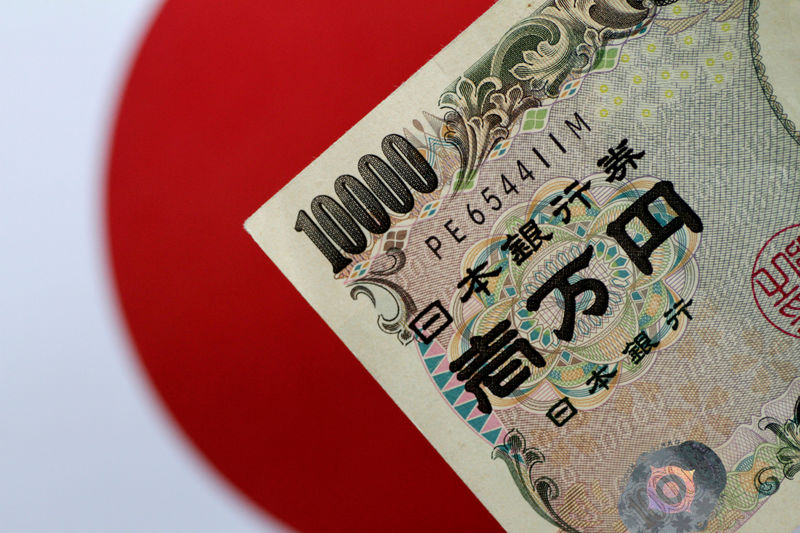Investing.com-- Most Asian currencies fell on Tuesday as Chinese economic data showed an unexpected decline in business activity, while the Japanese yen tumbled after the Bank of Japan maintained its ultra-dovish course.
Investors also remained largely on edge before the conclusion of a Federal Reserve meeting on Wednesday. The dollar index and dollar index futures both strengthened slightly in Asian trade after logging some overnight losses.
But the greenback still retained a bulk of recent gains, with focus squarely on the Fed. While the central bank is expected to keep rates on hold, it is also likely to reiterate its higher-for-longer stance on interest rates- a scenario that bodes well for the dollar and poorly for risk-driven Asian currencies.
Yen tumbles as BOJ maintains dovish course
The Japanese yen slid 0.6%, crossing 150 once again after the BOJ kept interest rates negative, and only made minimal changes to its yield curve control (YCC) policy.
The central bank said it will allow some more flexibility in its YCC, potentially letting bond yields move above their 1% cap. But this largely disappointed markets hoping for a more aggressive move by the BOJ.
Benchmark 10-year yields trimmed some gains after the move, and fell further away from the 1% ceiling.
Weak economic data also weighed on the yen, after readings on both industrial production and retail sales disappointed for September.
The BOJ also forecast higher inflation and worsening economic conditions in the coming years, and that it will continue with its pace of quantitative easing in the near-term.
Chinese yuan inches lower on weak PMIs
The Chinese yuan fell slightly as headwinds from disappointing data were somewhat offset by a stronger daily midpoint fix by the People’s Bank of China.
Purchasing managers index data showed that China’s manufacturing sector contracted in October, while growth in the non-manufacturing sector slowed substantially.
The readings indicated that recent government stimulus measures had provided only limited relief to the economy, and that more support was needed.
Activity was also hit by worsening economic conditions in China’s biggest trading partners.
The Australian dollar and South Korean won, both of which are heavily exposed to China, sank 0.5% after the PMI reading. Most Southeast Asian units also clocked heavy losses, with the Singapore dollar losing 0.2%.
The Indian rupee was among the few outliers for the day, trading flat as pressure from the dollar was offset by a decline in oil prices, which benefited the rupee. Still, it remained close to record lows.
